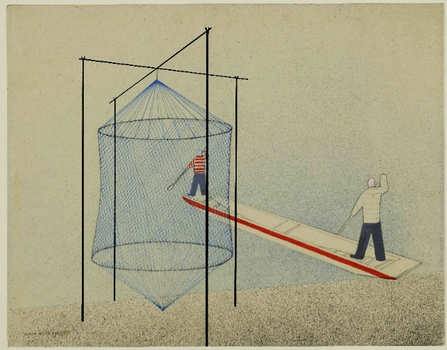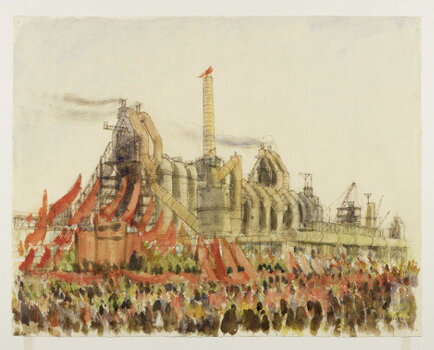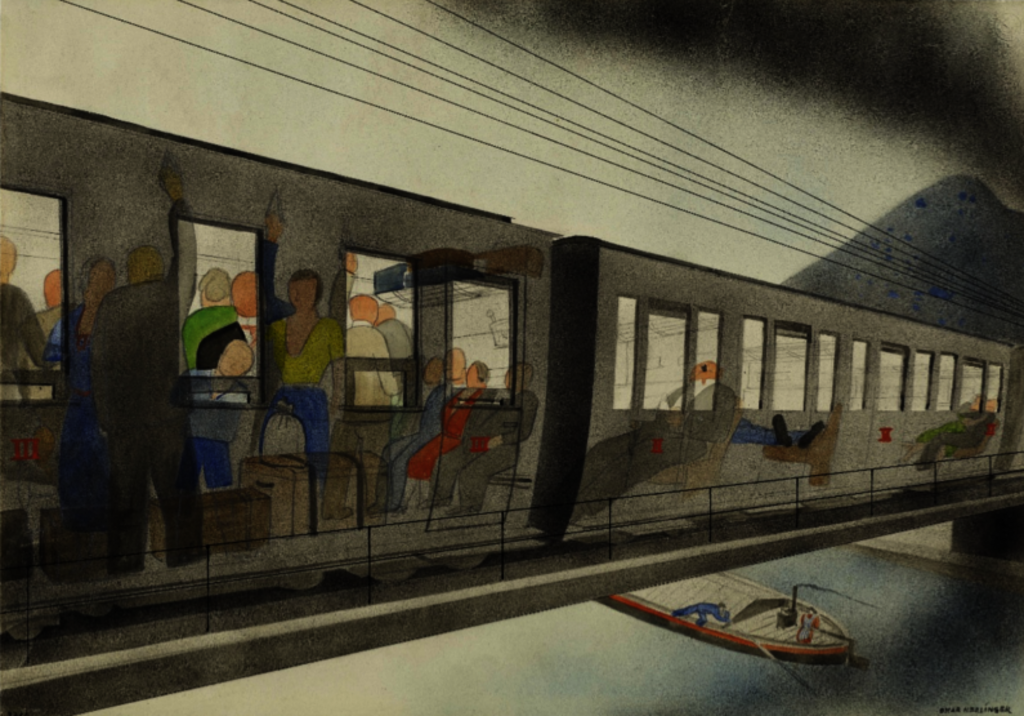
Oskar Nerlinger. Art works
As a pioneer of photography throughout the 1920s, Oskar Nerlinger (1893-1969) created experimental photograms and avant-garde photo collages. His commercial designs from this period impress with their innovative typography and reference Nerlinger’s constructivist works. His artistic diversity is also reflected in his bequest, which is housed in the Art Collection. It includes over 3,500 drawings from all periods of the artist’s career: early abstract works, watercolour landscapes from the period after 1933 and drawings from his working life in the GDR. In addition to about 330 photographic works, the holdings also include 58 paintings and about 400 prints.
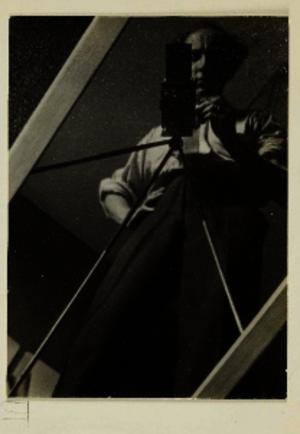
Oskar Nerlinger was born on 23 March 1893 in Schwann near Pforzheim.
In 1908, he began studying at the Kunstgewerbeschule (School of Arts and Crafts) in Strasbourg and continued his studies, among others under Emil Orlik, at the teaching institution of the Museum of Applied Arts Berlin After military service, he married Alice Pfeffer in March 1918. She had studied in Berlin at the same institution and worked under the artist’s name Alice Lex-Nerlinger after they got married.
From 1919 onwards, Oskar Nerlinger worked in Berlin as a drawing teacher and between 1921 and 1928 contributed to Herwarth Walden’s magazine Der Sturm. In 1928, he founded the “Die Abstrakten” association and in 1928, he joined both the Communist Party of Germany (KPD) and the Association of Revolutionary Visual Artists of Germany (ASSO). In the 1920s, Oskar Nerlinger successfully experimented with various photographic techniques, photograms and photomontages. In 1929, he was represented with Alice Lex-Nerlinger at the International Werkbund Exhibition FILM UND FOTO (FiFo) in Stuttgart.
After 1933, he clandestinely participated in the illegal work of the KPD (Communist Party of Germany) but was able to continue teaching until 1945. From 1945 until his dismissal in 1951, he held a professorship at the Hochschule für Bildende Kuns in Berlin-Charlottenburg and published the magazine Bildende Kunst with Karl Hofer from 1947 to 1949. One year after resettling in East Berlin in 1951, he was accepted into the Association of Visual Artists (VBK) and worked as a professor at the Kunsthochschule in Berlin-Weißensee from 1955 to 1958. Oskar Nerlinger died on 28 August 1969 in Berlin.
Archive and collection
Early works such as Tänzerinnen (about 1915); hand drawings using spray technique and Fischernetz und Kahn (1929-1930) as well as 3. Klasse - 2. Klasse (1931); landscapes in watercolour from all of his artistic periods: Dorf mit Kirche (1914), Gipsbruch (1939), Bei Lanke im Herbst (1958); Arbeiten aus dem Eisenhüttenkombinat Ost (EKO) from 1952, 1. Mai-Feier im Eisenhüttenkombinat Ost and Am Schmelzofen. Photographic works: inter alia Nachtflug (1928), Der gutmütige Fisch (1928), Der Fotograf (Selbstbildnis) (about 1928), Funkturm und Straßenarbeiter (no date), Schnell noch einen Bissen (1928); drawings, paintings, prints, photographs, photograms, photomontages and collages.
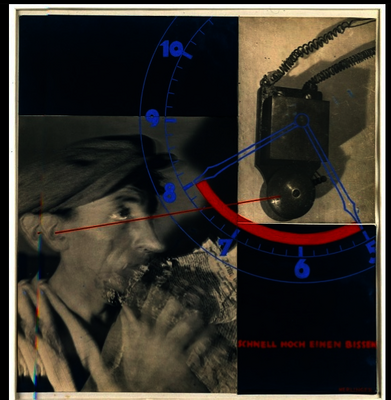
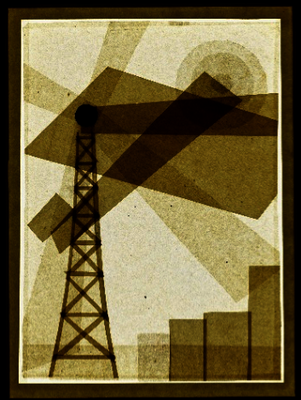
History of the holdings
In 1974, the Akademie der Künste (East) received the pictorial bequest of Oskar Nerlinger and the living bequest from his wife Alice Lex-Nerlinger.
In 1971, Alice Lex-Nerlinger had already asked Konrad Wolf, President of the German Academy of Arts, to grant her husband Oskar Nerlinger, who had died in 1969, posthumous membership of the Akademie der Künste. In return, she offered the Academy her husband’s bequest. Even though Nerlinger was refused membership, Lex-Nerlinger donated his bequest and her living bequest to the Academy, which allowed the Nerlinger Archive to be founded in 1974. In 1975, shortly before Alice Lex-Nerlinger passed away, an exhibition by the Academy of Arts was organised in honour of the artist couple. In 2017/2018, Oskar Nerlinger’s pictorial bequest comprising over 6,000 works was digitised and published in the Archives Database of the Akademie der Künste.
Since 1994, Alice Lex-Nerlinger and Oskar Nerlinger’s art works have been held in the Art Collection of the Akademie der Künste. The written bequest is in the Nerlinger Archive of the Visual Arts Archive.
